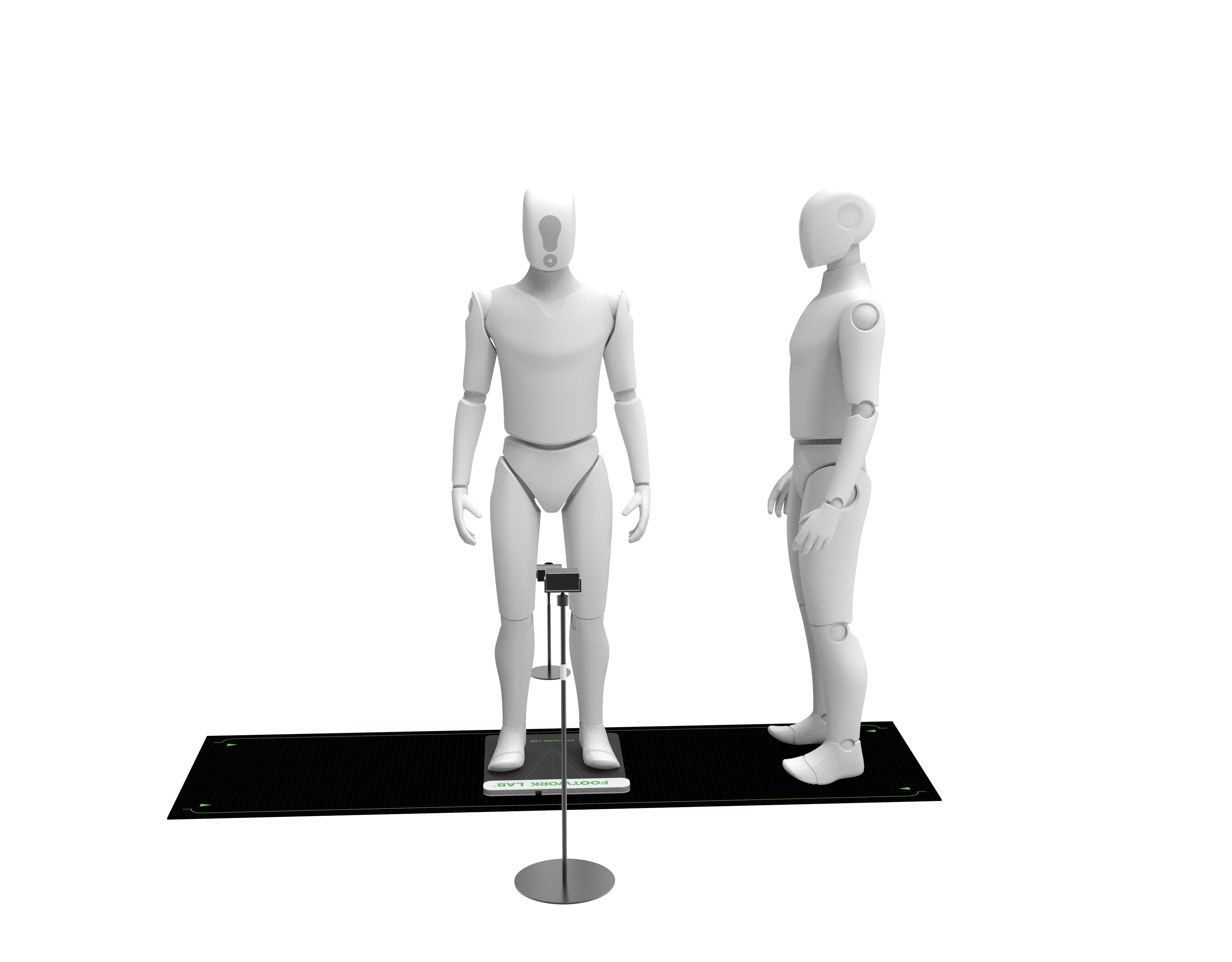A gait scan report for rehabilitation is a comprehensive document that summarizes the findings of a gait analysis, providing objective data to guide the rehabilitation process for individuals with movement impairments. This report translates raw data from gait scans—such as pressure distribution, joint angles, stride parameters, and timing of gait phases—into actionable insights for healthcare providers, therapists, and patients. The structure of a gait scan report for rehabilitation typically includes demographic information, the purpose of the assessment, and a detailed analysis of key gait metrics compared to normative values. Visual aids such as pressure maps, 3D motion trajectories, and graphs of joint angles throughout the gait cycle are included to illustrate abnormalities, making complex biomechanical data easier to interpret. For example, a report may highlight excessive pronation during midstance, accompanied by a pressure map showing increased load on the medial forefoot, which can inform the prescription of orthotics or strengthening exercises. In rehabilitation settings, the gait scan report serves multiple purposes. It helps establish a baseline measurement of gait function at the start of treatment, allowing therapists to set specific, measurable goals. For instance, if a patient recovering from a stroke has a 20% asymmetry in step length, the report can document this, and subsequent reports can track progress toward symmetry. The report also identifies the root causes of gait abnormalities, distinguishing between issues related to muscle weakness, joint stiffness, pain, or neurological dysfunction. This differential diagnosis is crucial for developing targeted interventions. A report indicating delayed toe-off due to weak calf muscles, for example, would lead to a focus on calf strengthening exercises, whereas one showing reduced knee flexion due to joint contracture would prioritize stretching and mobility work. Gait scan reports for rehabilitation often include recommendations for treatment, such as specific exercises, assistive devices, or modifications to activity levels. They also outline a plan for follow-up assessments, ensuring that progress is monitored over time and interventions are adjusted as needed. For patients, these reports provide a clear understanding of their gait issues and the rationale behind their treatment plan, enhancing adherence and engagement in rehabilitation. By bridging the gap between biomechanical data and clinical decision-making, gait scan reports play a vital role in optimizing rehabilitation outcomes, helping individuals regain functional mobility and improve their quality of life.
